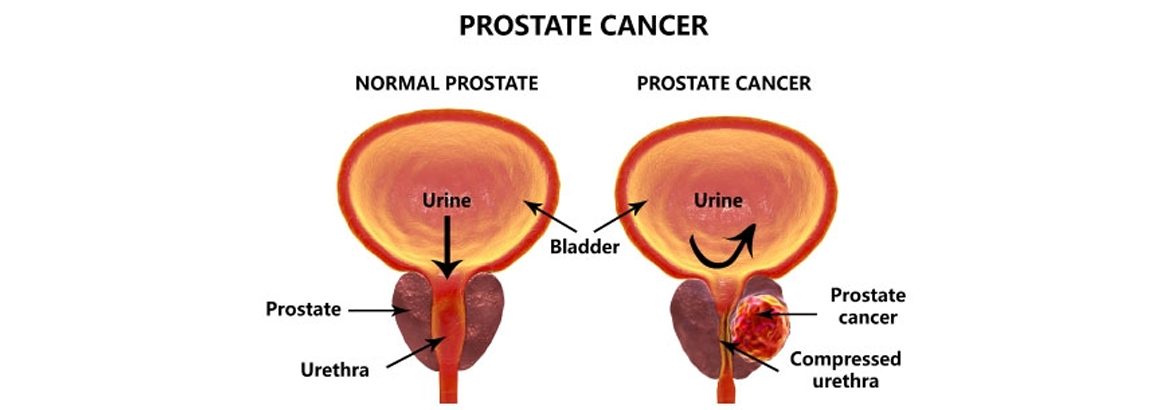Robotic-Assisted Prostatectomy and Q&A
Prostate cancer occurs in the prostate gland when abnormal cells develop in the prostate. It is one of the more common cancers globally and usually affects men aged 50 and above. Prostate cancer is a heterogeneous group of cancers consisting of mostly slow growing cancer cells and often has no early symptoms.

Q: |
What are the surgical options available for prostate cancer (Prostatectomy)? |
A: |
Prostatectomy can be performed with open surgery or minimally invasive surgery (robotic-assisted or laparoscopic). |
Q: |
How long does a robotic assisted prostatectomy surgery take? |
A: |
The actual procedure normally takes three hours, depending on the patient's anatomy and the extent of surgery, which may take longer. |
Q: |
Who is the candidate for a robotic assisted prostatectomy? |
A: |
Men who are diagnosed with localised prostate cancer are candidates for this procedure. |
Q: |
How long will I have to stay in the hospital after surgery, and when can I resume normal activities? |
A: |
Most robotic prostatectomy patients will stay 2 to 3 days after surgery. Most patients are able to resume normal activities about 14 to 21 days after surgery. |
Q: |
Risks & considerations related to Prostatectomy? |
A: |
Risks of surgery apply to any types of operation which is not limited to robotic surgery and every care is taken to minimise these risks. The improved vision and functionality of the robot helps in minimising but not eliminating the risks of post-operative infection, excessive blood loss requiring transfusion, urinary incontinence, erectile dysfunction, adjacent organ (rectal or bowel) injury, narrowing of the urethra, pooling of lymphatic fluid in the pelvic area and may help in earlier recovery of these functions |
Q: |
What is Robotic Assisted Prostatectomy? |
A: |
Robotic assisted prostatectomy (also called da Vinci prostatectomy) is a minimally invasive surgical removal of the prostate and some of the tissue surrounding the gland using the latest advancements in robotics and computer technology (da Vinci Surgical System) |
Q: |
What are the potential benefits of robotic assisted prostatectomy surgery? |
A: |
|







